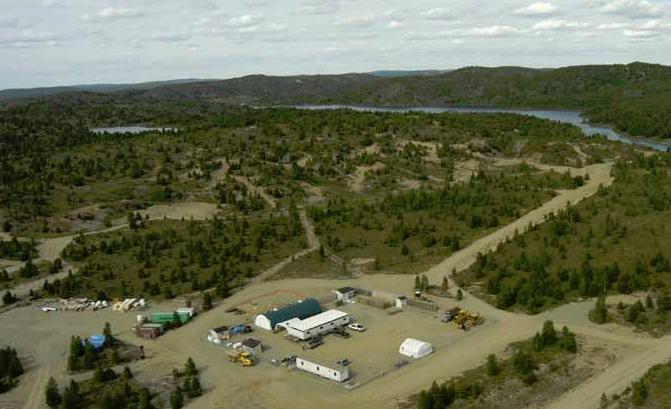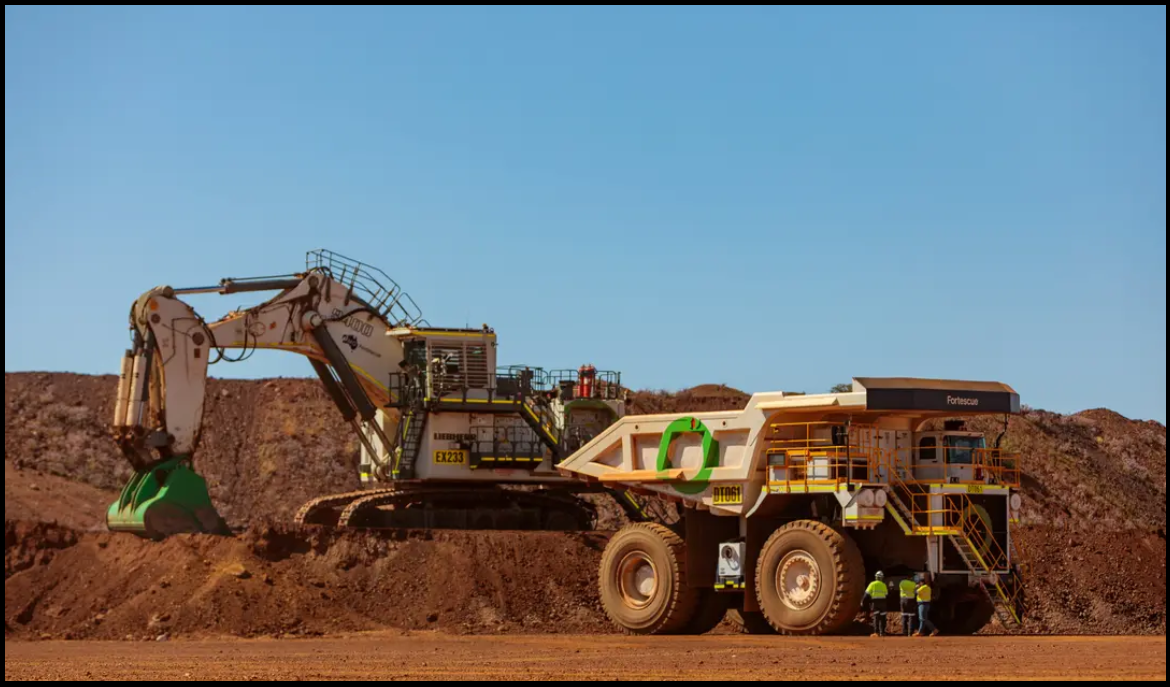
Dianor Resources is advancing its Leadbetter diamond project, the first step toward a long-term plan to become a global player in the diamond market, as Keith Regan learns from president and CEO John Ryder.
Having divested numerous gold and base metal assets, Dianor Resources is now squarely focused on the opportunities it sees in diamonds, opportunities it believes will make both it and Canada major players in the changing diamond market.
According to John Ryder, president and chief executive officer of the Val D’Or, Quebec company, resources are now being marshaled to enable a large-scale bulk sampling on the Leadbetter property in northern, Ontario near the town of Wawa, an easy two hour drive north of Sault Ste. Marie, Michigan. Dianor acquired the property in late 2004 and was in the process of seeking financial backing for its advanced exploration bulk sample when the economy took a nosedive.
“We got caught at the wrong time,” Ryder says. With a bulk sample program of 50,000 tons of rock planned, the company requires approximately $35 million to complete this important sampling stage that will allow it to obtain diamond pricing and grade for this unique world class diamond deposit.
Even though the recession posed additional hurdles, Dianor continued to move the project forward, working on a number of fronts to obtain the necessary permits and lay the groundwork for future exploration and development. Permitting has been made easier by the fact that the area was for much of the past century an active iron-ore mining area, with the iron being forged into steel that made its way into General Motors vehicles just over the US border in Detroit.
Diamond exploration is inherently more expensive than searching for deposits of other minerals, Ryder notes, but Leadbetter has many advantages over rival diamond properties in more remote areas. Mines in the Northwest Territories may have costs of $70 to $120 per ton for mining and processing the ore that contains the gems, while Leadbetter may have costs in the range of $10 to $14 per ton.
“In the Northwest Territories, equipment has to be shipped in on ice roads, which means everything has to be moved during two months of the year,” Ryder says. “That’s an extremely expensive way to supply the mines with fuel and equipment. Year round workers have to be flown in and out of these remote, inhospitable areas.”
By contrast, he adds, “you can literally drive from the United States right to our site to work 24/7.” The town of Wawa is less than 10 kilometers from the diamond property, and has modern amenities including a hospital and airport. “It all reduces costs, as does the fact that the rock we’re going to bulk sample and process is exposed on the surface, not buried under a great thickness of gravel or sand.”
Ultimately, removing enough rock for the bulk sampling will require two underground mining operations of 25,000 tons each as well as extensive blasting. The entire process is expected to take about two years, including the time needed to build site infrastructure such as settling ponds, sampling, crushing plants and to acquire, install and commission the machinery needed to complete the testing.
In addition to diamonds, the property contains unknown quantities of rubies, sapphires and gold. “The bulk samples will give us a good indication of the economic potential of these non-diamond byproducts in addition to the diamonds,” Ryder says. “The rock here is 2.7 billion years old and we have recovered gem quality rubies and sapphires from mini-bulk rock samples of up to 70 tons. Detectable gold has also been reported in over 40 percent of the drill core samples. The presence of all these minerals occurring in one rock type, in one location has the potential to affect the economics in a major way. For example is it possible for the rubies alone to pay for the mining and processing of the rock? These are the answers we need from the bulk sampling.”
Just to the north of Leadbetter—which bears the name of the man who first laid claim to the property after discovering a sizeable diamond in a nearby river—lies another Dianor property that sits along the same geological formation as Leadbetter and has also been found through early sampling to contain a large number of colored diamonds, which are extremely rare and fetch higher prices in the marketplace.
Another six properties in Quebec are in the company’s portfolio, many exhibiting the same geological traits as Leadbetter, and also bearing colored diamonds in early testing. “We found that 46 percent of the surface rock samples contained diamonds and what’s unusual is that one100 pound sample yielded 93 microscopic purple diamonds. We’re unsure what it means at this stage, but we are excited to explore it in further detail in the future,” Ryder says.
Looking ahead, once the bulk sampling is completed or well underway at Wawa, Dianor will face a decision about how to capture the value of the resource. Because the dynamics of the diamond market are changing rapidly, major existing companies may want to help Dianor move the project forward. Or it could seek to capitalize itself to the point where it could become a major producer on its own.
“Major companies will want to get in pretty fast because there’s only 12 to 17 years of world reserves of diamonds left,” Ryder says. “Unlike oil, diamonds have already reached peak production in 2007. By 2015, based on current valuations, we’re looking at over a $4 to $6 billion shortfall in diamond supply compared to demand.”
Global economic changes are driving the trend, with China recently replacing Japan as the second-largest consumer of diamonds in the world. “All of Asia is increasing diamond purchases, which is helping to drive demand higher just as supply starts to decline,” Ryder adds. www.dianor.com













